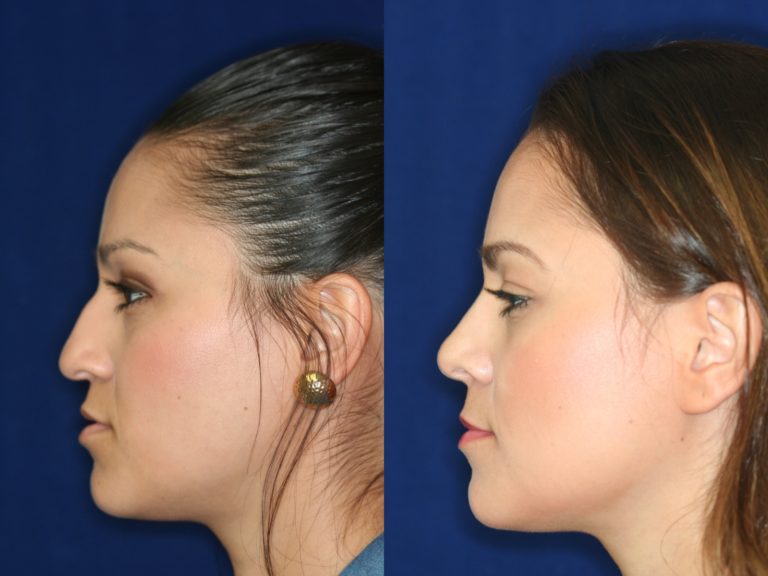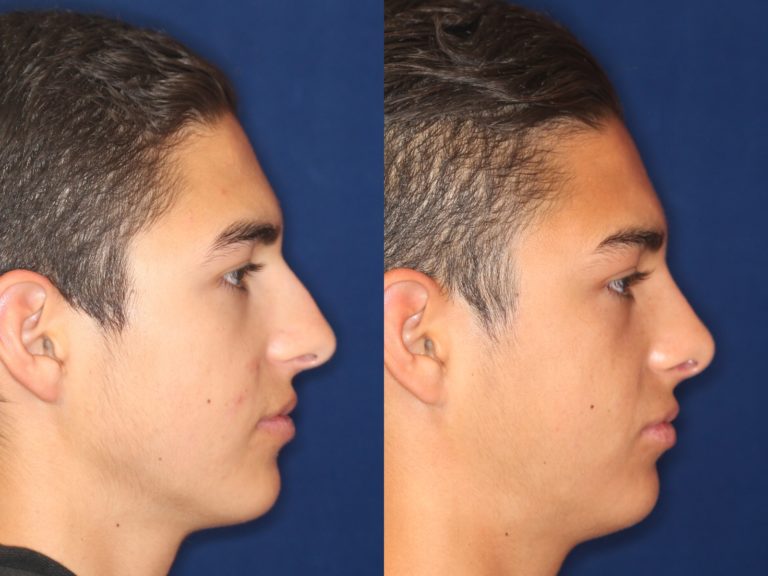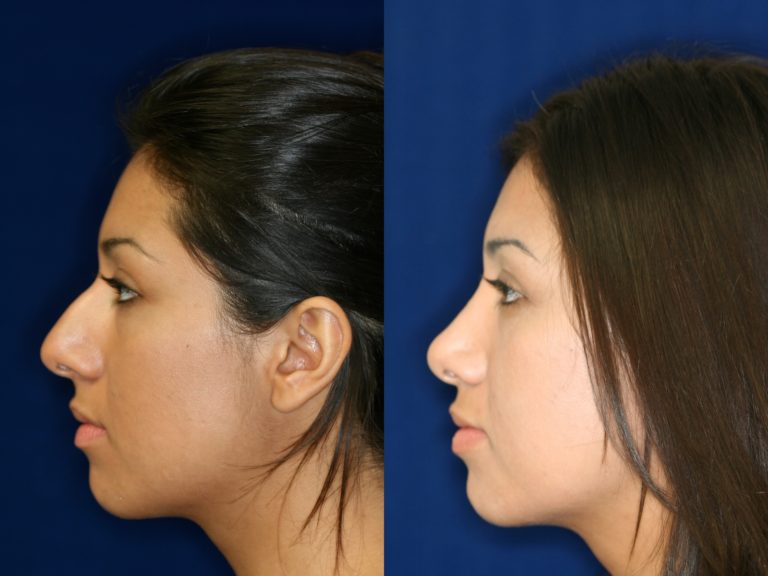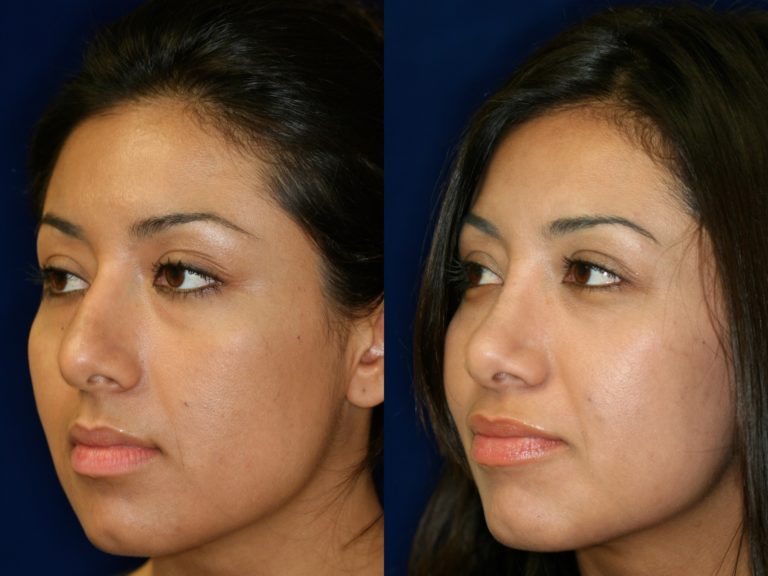Dr. Robert Kotler is a Beverly Hills hispanic rhinoplasty surgeon with extensive years on the job performing ethnic rhinoplasty. Southern California is the heart of the highest population of Hispanic-Americans than anywhere else in the US. It is a frequent tourist and visitor site for Hispanic and Latin visitors from Central and South America. It follows that Dr. Kotler is among the most experienced hispanic rhinoplasty surgeons in Beverly Hills and the country with long and deep history serving the hispanic community.
There is a significant variance in the shape, strength of cartilage structure, thickness and color of skin, width of base of the nose, shape of nostrils and thickness of the wings or ala. This represents the genetic mosaic of our Hispanic population. In some the Indian or Indigenous population genetics is strongly expressed. This translates to flat, plunging tips, wide nostrils, thick alae or wings and sometimes a low ”bump” on the bridge. Other Hispanics appear more European, with thin skin, strong cartilages, narrow high bridges and thin nostril walls. That reflects the Spanish integration into the population beginning in the 15th century.
Hispanic patients are proud of their heritage and are not likely to prefer radical changes that would render the rhinoplasty result inconsistent with their other facial features. They tend to be satisfied with fewer dramatic changes in nose structure and shape.





Rhinoplasty recovery is consistent with that of other patients, regardless of ancestry or ethnicity. Patients want to breathe well, be relieved of pain, sustain a prompt recovery so that they can return to normal work and social obligations. Typically, 7-10 days.
Rhinoplasty is a very successful operation when performed by the most specialized, most experienced facial cosmetic surgeons who further specialize in rhinoplasty exclusively. There are very few, but Dr. Kotler is a “superspecialist” in both Surgical Rhinoplasty and Non-Surgical Rhinoplasty. What sets Dr. Kotler apart is his unparalleled expertise in that extraordinary but not well-known Permanent Non-Surgical Rhinoplasty. With over 40 years of experience, he has successfully performed more than 5,000 nasal procedures, solidifying his position as one of the most experienced practitioners of both Permanent Non-Surgical Rhinoplasty and Permanent Non-Surgical Revision Rhinoplasty in the United States. Why not consult with a doctor at the top of the specialty totem pole?
We offer virtual consultations that include computer imaging, allowing you to preview the anticipated outcome of your procedure before deciding. Additionally, you can have a virtual consultation with Dr. Kotler through FaceTime, WhatsApp, or Zoom, which is an excellent option for including family or friends in the consultation.
Call us today, at (310) 278-8721. We’ll arrange that consultation. A great first step because all your questions will be answered. And, no doctor is more qualified to answer those questions than Dr. Kotler.
Copyright © 2024 Dr. Robert Kotler. All Rights Reserved.